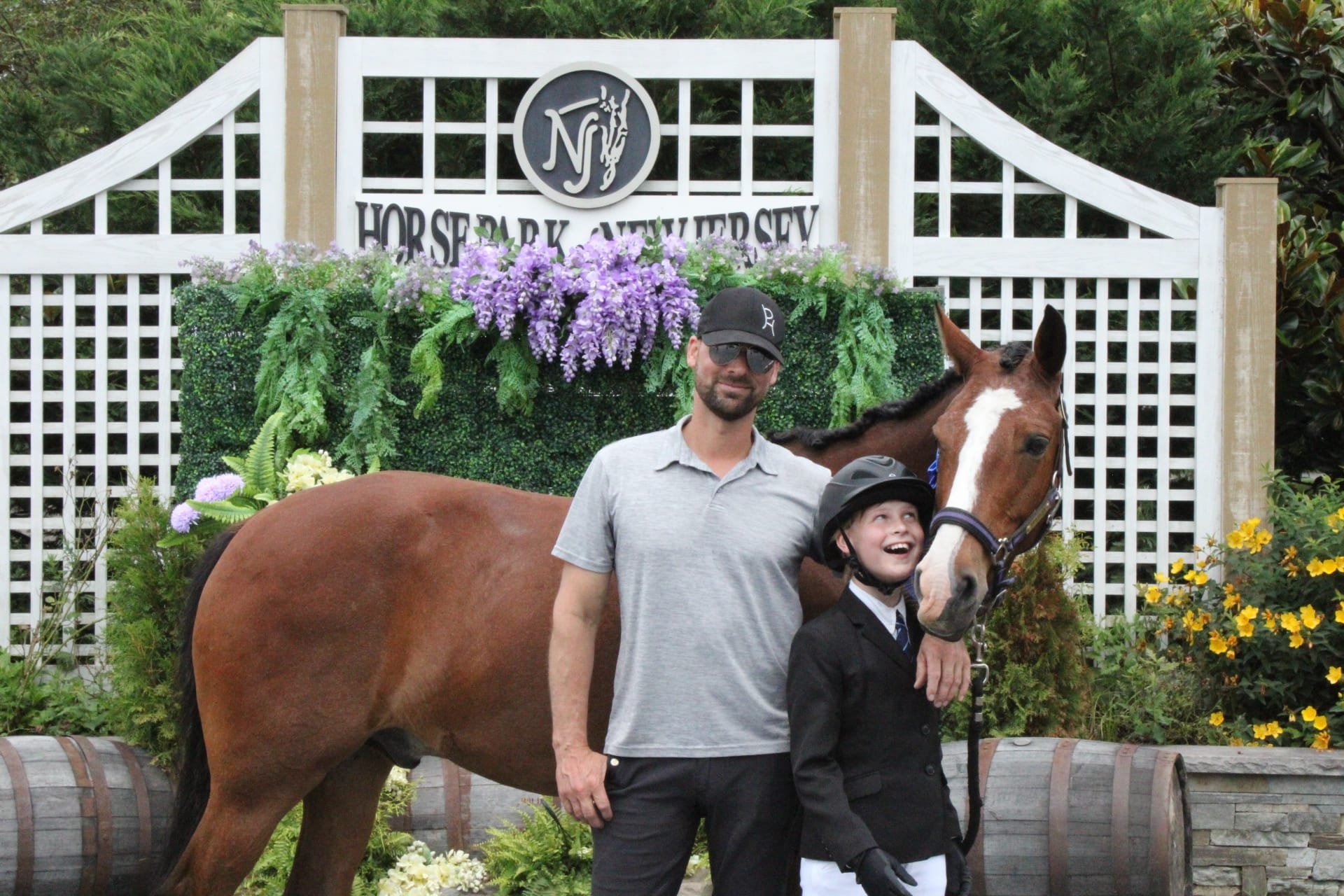
Resources for Parents
Parents are a crucial part of any young rider’s team. You are there with your child through it all, on good days and bad, sharing all of the ups and downs that come along with pursuing a sport at an elite level. To help you navigate the sometimes (okay, oftentimes) confusing world of dressage, we will be releasing a library of videos in the coming months covering a wide range of topics. Visit us again soon, and in the meantime, check out the resources below.
Have questions?
The United States Dressage Federation breaks the country down into nine different regions. Each region has a designated youth coordinator, who can help to answer your questions. You can find the name and contact information for your region’s youth coordinator here.
Not sure what region you are in? Find out here.
Join the Discussion
FAQs
-
According to the United States Dressage Federation: “The Olympic sport of dressage is derived from the French term meaning "training" and its purpose is to strengthen and supple the horse while maintaining a calm and attentive demeanor. The Pyramid of Training offers riders a progressive and interrelated system through which to develop the horse over time.
Currently, competitive dressage involves progressively difficult levels incorporating multiple tests within each level. Each test is a series of movements that must be performed by the horse and rider. Each movement is scored by a judge on a scale of 0-10. Special tests are also written for musical freestyle, sport horse breeding and performances incorporating multiple horses and riders.”
-
You’ve probably heard that ballet is the foundation of many types of dance. Likewise, dressage is the foundation of almost every equestrian sport. The classical dressage “seat” (or how the rider positions themselves on the horse) is prized by every equestrian discipline for its safety, elegance and functionality. The principles of training espoused by dressage also allow a rider to communicate with their horse in hundreds of nuanced ways that are often imperceptible to an observer. This systematic approach to training builds confidence in both the horse and rider, and when done well, represents the pinnacle of harmony in equestrian sport.
-
When you do not come from the equestrian world, choosing a training program can be daunting! Ask the prospective instructor for their resume and look for credentials such as instructor’s certifications, judge’s certifications, USDF performance awards (i.e. medals, rider performance awards, etc.), and competition record. Also ask about the achievements of their students — are their students accomplishing the same goals your child has? Once you have this foundation, ask if you can tour the barn and audit a lesson. Observe how the horses and barn are maintained — are the horses shiny and in a good weight? Is the barn clean and orderly? When you watch the instructor teach, are they specific and detail-oriented? Do they challenge, encourage and inspire their students? Not everyone’s teaching style is the right match for every rider. See if your child can have trial lesson with the prospective instructor and see if it’s a good match.
-
The United States Dressage Federation (USDF) is the governing body for the sport of dressage in the United States. Their foremost mission is education and they offer many programs and awards for youth, which you can learn more about here.
The United States Equestrian Federation (USEF) is the governing body for all of equestrian sport in the country. Their main focus is ensuring a safe and fair competition environment — and also developing riders to the top of the sport so that they may one day represent the U.S. at international competition. To that end, they basically make and enforce the rules that guide the sport of dressage. They also offer elite training programs and competitions. Learn more about the North American Youth Championships here. Learn more about Festival of Champions here.
The FEI is the governing body for all international equestrian sport. They determine the rules and processes that all internationally recognized equestrian events must adhere to. If you’ve heard of the term “CDI,” that is a designation given to internationally recognized dressage competitions. Riders competing at the “FEI level” are judged against the same criteria world-wide using standardized tests created by the FEI.
